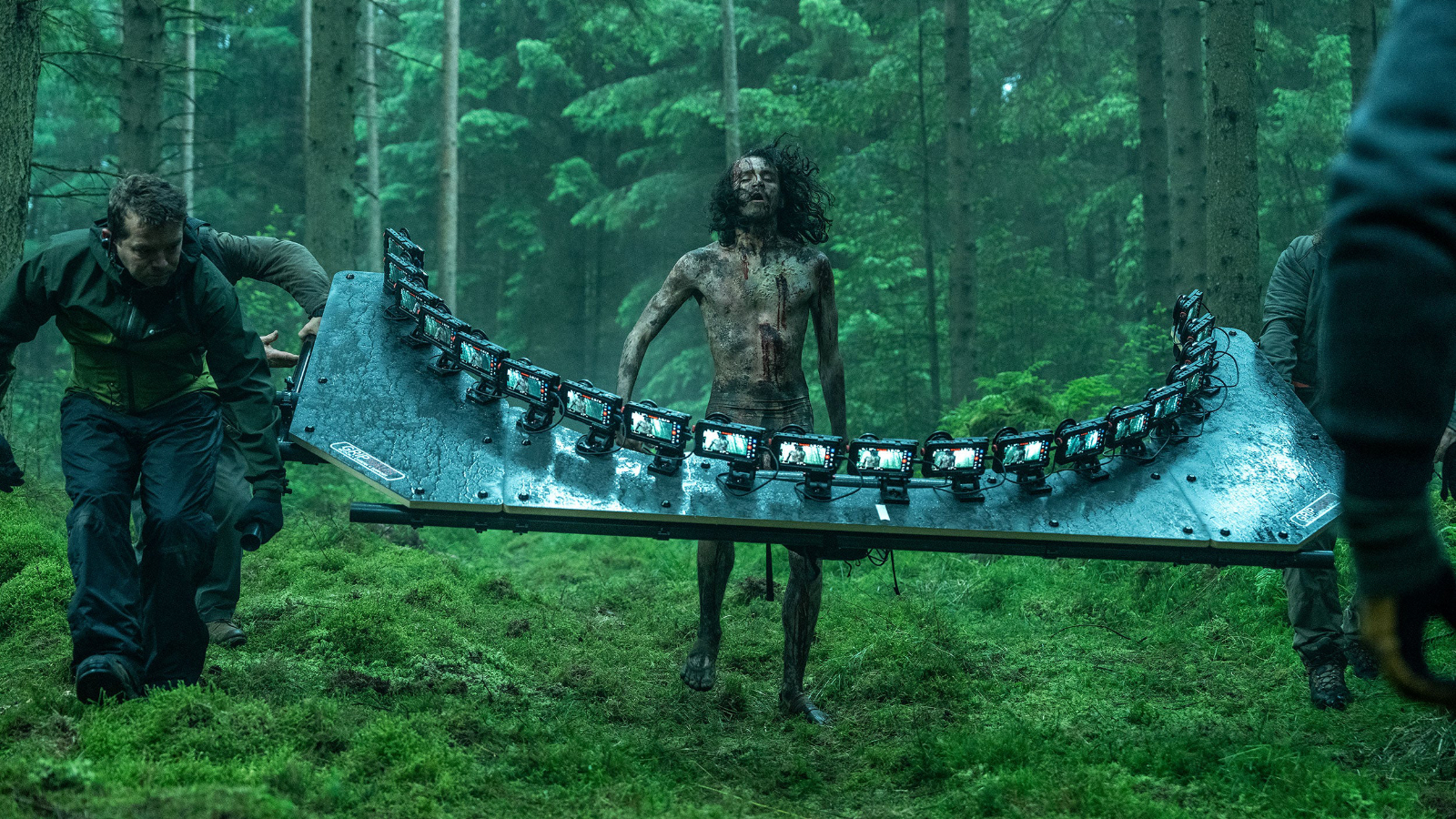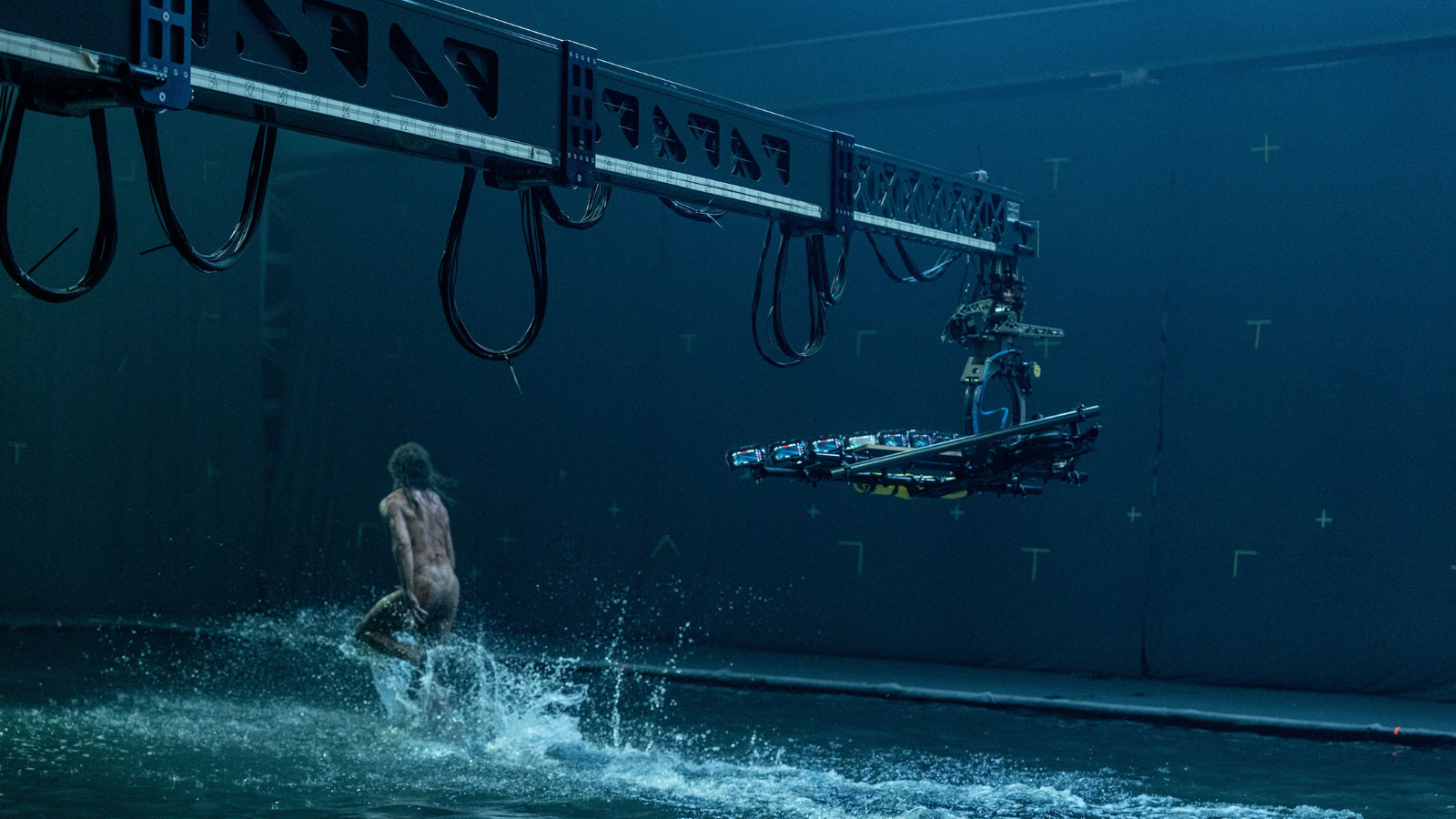
Sony today provided a closer look at the iPhone rigs used to shoot the upcoming post-apocalyptic British horror movie "28 Years Later" (via IGN).

With a budget of $75 million, Danny Boyle's 28 Years Later will become the first major blockbuster movie to be shot on iPhone. 28 Years Later is the sequel to "28 Days Later" (2002) and "28 Weeks Later" (2007), which depict the aftermath of a zombie-style pandemic in the United Kingdom.
The film was shot last summer using the iPhone 15 Pro Max as the principal camera, along with additional equipment such as custom rigs, aluminum cages, and lens attachments. The filmmakers behind 28 Years Later apparently received technical assistance directly from Apple.

Speaking to IGN, Boyle said that even though the film is largely shot on iPhones, the movie is ambitiously still in full 2.76:1 widescreen–which is typically reserved for IMAX or Ultra Panavision 70mm. Some sequences used up to 20 iPhones at a time, similar to "bullet time." Boyle explained:
Wherever, it gives you 180 degrees of vision of an action, and in the editing you can select any choice from it, either a conventional one-camera perspective or make your way instantly around reality, time-slicing the subject, jumping forward or backward for emphasis. As it's a horror movie, we use it for the violent scenes to emphasise their impact.
I also like it for the same reason I love jumping the line. For a moment the audience is inside the scene, the action, rather than classically observing a picture. You feel like you're in the room with Jodie Comer and her son, venting her rage at Aaron Taylor Johnson, like you’re in the abandoned train with the naked alpha and the unzipped spine and head.
The original 28 Days Later movie was largely shot in 480p standard definition with a Canon XL-1 – a consumer-grade camcorder that wrote data to MiniDV tapes. This was partly due to the need to film complex scenes depicting an abandoned central London under very limited time constraints, where bulky traditional film cameras would have taken too long to set up.

The unique shot-on-digital aesthetic subsequently became an iconic part of the movie, so the use of iPhones to shoot the latest addition to the series pays homage to the original film's use of camcorders. The Oscar-winning cinematographer of the original movie, Anthony Dod Mantle, returns alongside Boyle.
I never say this, but there is an incredible shot in the second half [of the film] where we use the 20-rig camera, and you'll know it when you see it. … It's quite graphic but it's a wonderful shot that uses that technique, and in a startling way that kind of kicks you into a new world rather than thinking you've seen it before.
Several smaller-scale movies have already been shot with iPhones, such as Sean Baker's "Tangerine" (2015) and Steven Soderbergh's "Unsane" (2018), but these films were limited-release, low-budget titles compared to the upcoming Boyle movie. 28 Years Later is expected to be the first of a new trilogy of films scripted by Alex Garland. The breakout star of the original movie, Cillian Murphy, is also expected to return. 28 Years Later is set for release on June 20, 2025.
Article Link: Filmmakers Used 20 iPhones at Once to Shoot '28 Years Later'

